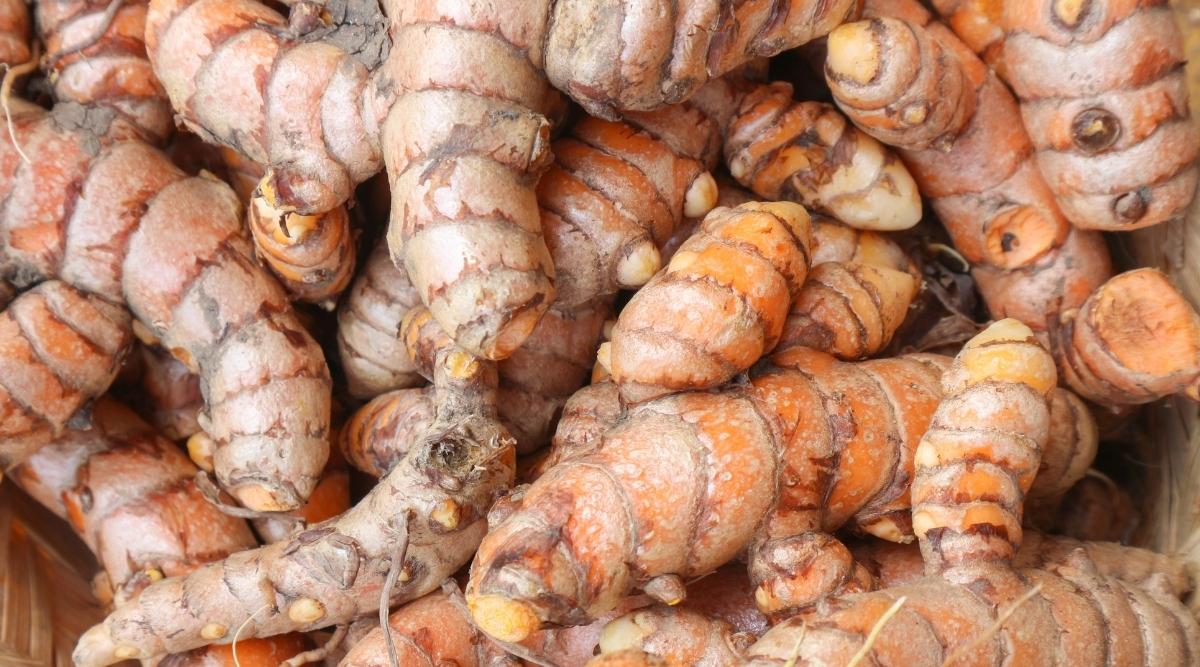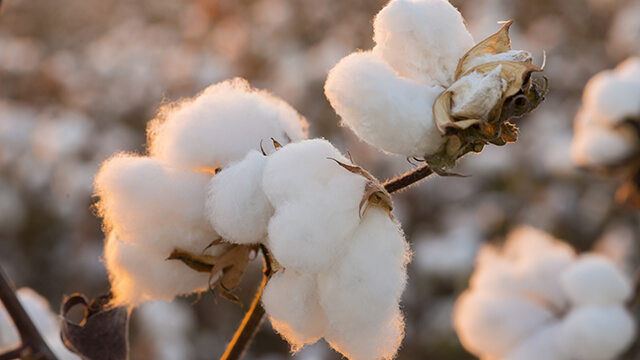Private weather forecaster Skymet has stated that the lack of rain is diminishing the atmospheric moisture levels and causing the heat stress to increase, which is harmful to winter-grown cereal. This is happening three weeks before grain filling begins in the wheat in much of northern India. However, early sowing of the wheat crop in numerous locations in Uttar Pradesh and Madhya Pradesh, as well as in other places like Rajasthan, could help to a certain amount.
According to experts, wheat is unaffected even in March as long as the temperature during the day does not rise above 30 degrees and stays between 15 and 20 degrees at night. Over the next two weeks or longer, rain is improbable throughout the majority of northern and eastern portions of India. All “Rabi” crops in general, and wheat in particular, are considered to be negatively impacted by rising heat potential. Production forecasts for the season 2022–2023 may be severely underwhelmed, if not a repeat of last year, Skymet said in a newsletter. Making assumptions about the wheat crop is premature.
According to Roller Flour Mills Federation of India President Pramod Kumar, states like Gujarat have experienced a protracted winter and it will help. Since the temperature has not been above the threshold level across the majority of the nation, according to Gyanendra Singh, Director of the Indian Institute of Wheat and Barley Research (IIWBR) in Karnal, there is now no reason to be concerned about wheat. In most areas of east and north-east India, east-central India, and certain areas of north-west and west-central India, above-normal maximum temperatures are expected in February, according to the Meteorological Department (IMD).
A farmer from Dewas in Madhya Pradesh named Sunil Mukhati said wheat rivalry has started in tiny lots but the current dry spell can become an issue if the temperature rises since it could harm the output. According to KK Singh, a former head of IMD’s agromet section, “next month will be key as grain filling will commence and if for one or two weeks the temperature increases over certain limits it could damage wheat yield.”

